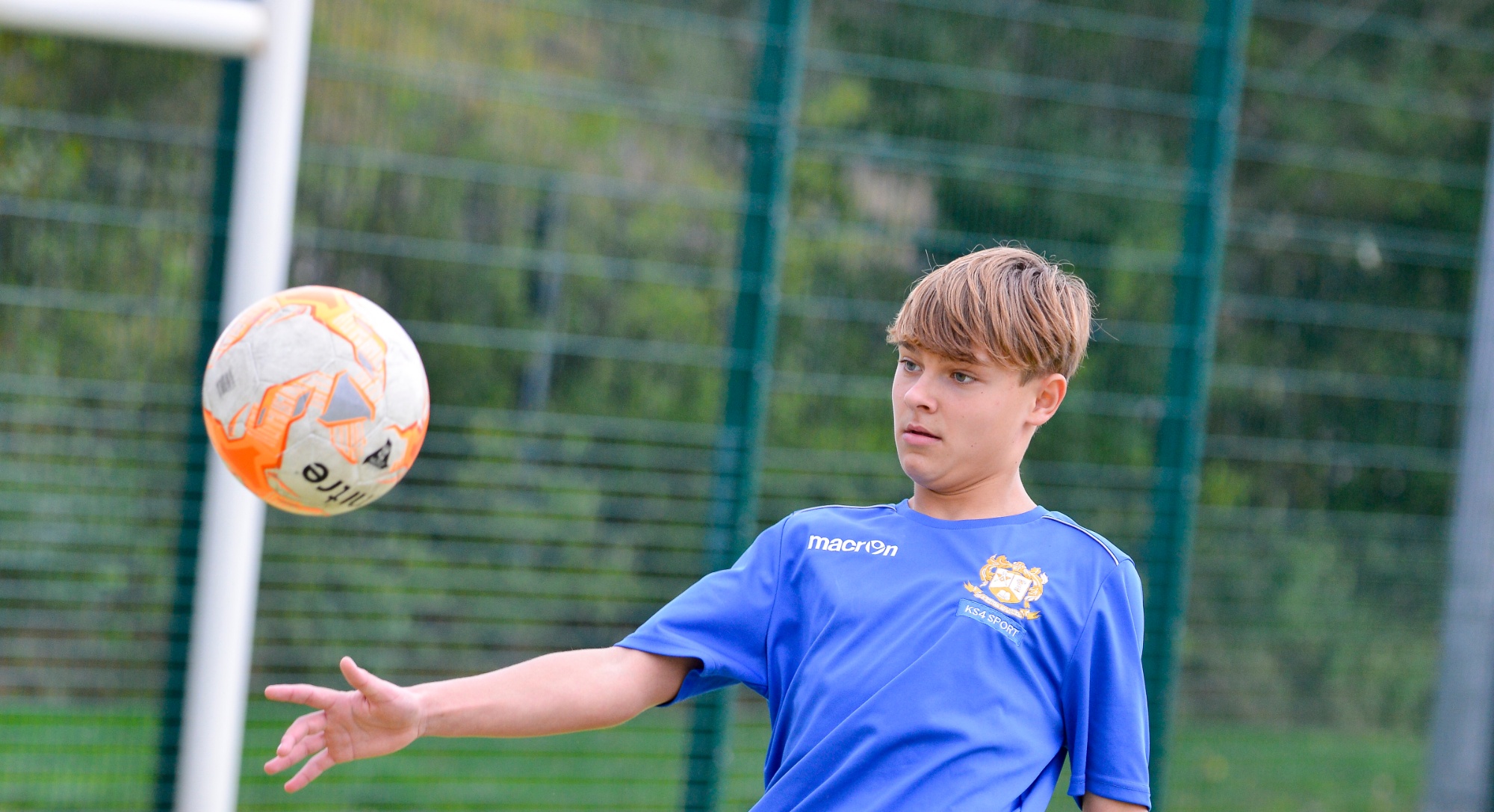Literacy Strategy Overview
Disciplinary Literacy
- Do now: key words linked to the project/lesson are evident in booklets, objectives and success criteria.
- Students are introduced to strategies that allow them to analyse and evaluate a range of products, skills and ideas.
- Students are taught how to research through study skills including the effective use of revision guides and reference books: skimming, use of the index and glossary.
- How to summarise key information as clear, organised notes which can be used to support memory recall.
- Keeping a working diary demonstrating logic and the ability to summarise key stages in practical processes.
Targeted Vocabulary Instruction
- Keywords are identified in every lesson through success criteria which are referred to throughout the lesson and reflected upon during the plenary.
- Written responses demonstrating understanding of concepts and use effective sentence structure.
- Knowledge organisers include lists of key vocabulary with definitions
Reading Comprehension
- Guided reading and teacher modelling of design briefs and specifications.
- All texts are presented appropriately – line numbers, chunking, etc in students’ work
- Teachers use a variety of strategies, including expert reading, pre-teaching vocabulary, etc to ensure comprehension
- Texts are checked to ensure that they are age appropriate
Academic Talk
- Students are encouraged to ‘Say it in a sentence’.
- Students are able to recognise and build on other contributions to qualify answers.
- Students are encouraged to be precise and sophisticated in their use of vocabulary
- Teachers draw attention to examples of academic language or vocabulary in texts
Scaffolded Writing Activities
- Expert modelling from the teacher. Sentence starters and making lists using mini white boards to relieve cognitive load. Warm up the words (pre teaching key vocabulary).
- Teacher led writing frames and examples (I do, you do, we do). Memory recall practice and self-assessment (flipped learning homework and lesson activities)
- Planned questioning from the teacher during the lesson.
- Teacher modelling how to build on a response and targeting questioning to develop response from all students.
- Extended writing tasks include sentence starters, writing frames, etc where appropriate. These are gradually withdrawn as students become more confident.
- Exemplars of student work are used to model best practice, with attention drawn to key aspects of writing such as signpost words, sophisticated vocabulary, etc.












